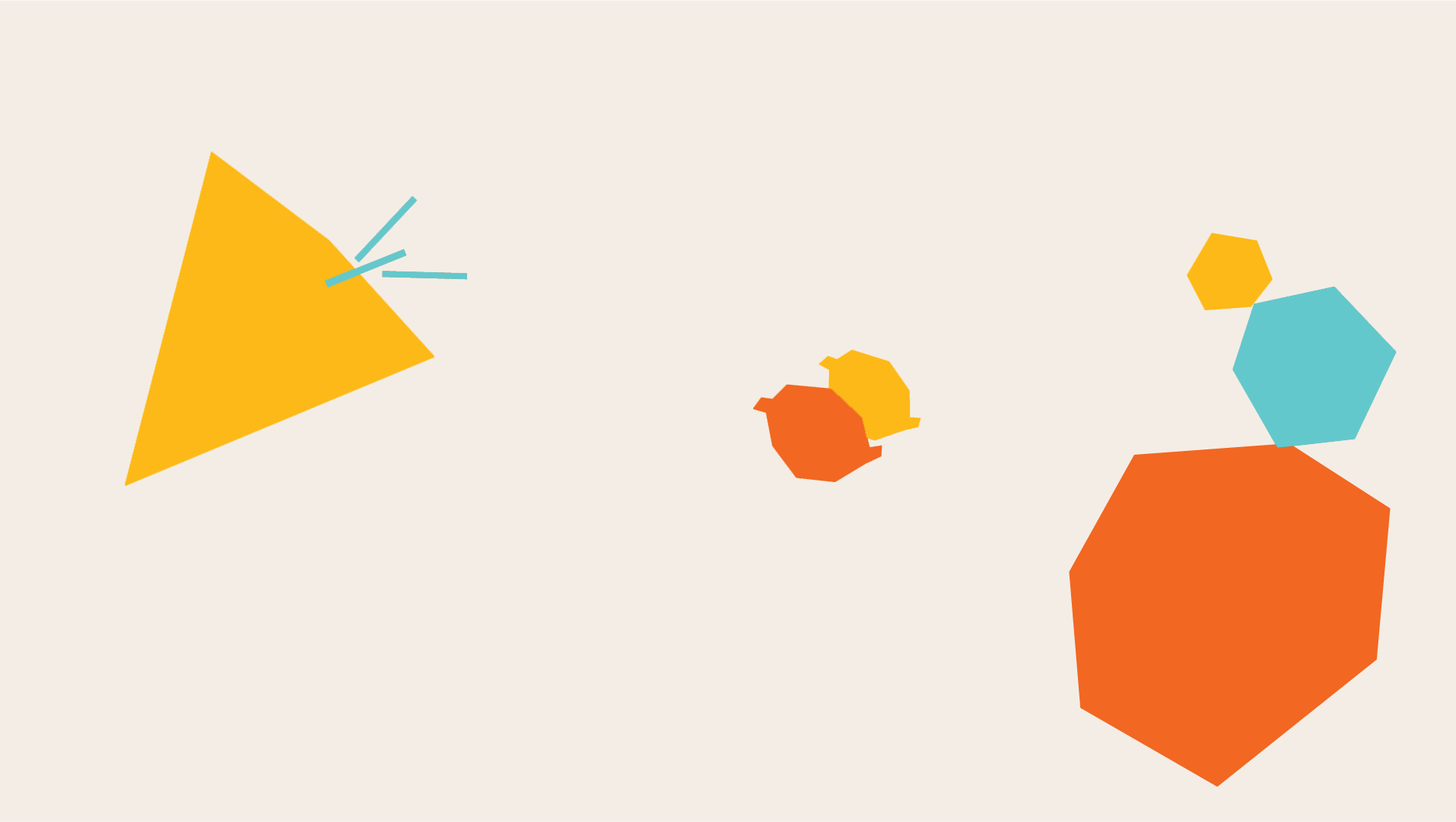
All Resources
Activating Students
Welcome students into meal program design
-
Use surveys and asynchronous methods to reach more students and to get honest feedback.
-
Adding branded elements to program touch points can shift perspectives and help students see the food in a new light
-
Asking students to interview each other can tap into a different type of energy and surface new possibilities.
-
Connect with students' creative side and crowdsource ideas
-
Connect with students' creative side and crowdsource ideas.
-
Ethnography — observing and reflecting on peoples’ behavior — helps you understand your students better and make changes that meet their needs
Engaging Caregivers
Make space for caregivers to share perspectives and passions
-
Bring students and caregivers together to compare and contrast favorite foods and meals.
-
Shift the narrative on school food and gather valuable ideas about what to keep doing well, and what could change.
-
Share updates on your program or ask for feedback with this versatile tool.
Connecting with Community
Expand the story of school meals to build a network of allies
-
Introduce the post-pandemic meal program to administrators, board members and teachers and seek their input.
-
Build your bench of external supporters and collaborate on issues that matter deeply to your community.
-
Harness the kitchen team's unique connection with students to learn more about what kids like.
-
Clarify your short-term goals to anchor design and ensure that you aren't taking on too much.
-
Interviewing a student or other stakeholder is a way to gather deep insight about what they care about and to inspire new opportunities to make changes.
-
Energize a school team or a group of students to help you come up with a staggering amount of ideas.
-
Turn the inspiration, stories, feedback, research, or brainstorm ideas you gathered into useful design opportunities.
-
The students you’re designing for can tell you plenty. But they can show you much more if you invite them in to build and imagine and design with you.
-
Prototypes are small, scrappy ways to build new ideas, so that you can learn quickly before investing a lot of resources.
-
Measure the impact of your idea using common and uncommon measures.
-
Sharing back what you discover over the course of your design journey can help inspire new and old allies, and increase the impact of your solution.
Human-Centered Design 101
Explore basic tools used in the human-centered design process, from start to finish
For more general resources and tools for school food teams, visit No Kid Hungry's Center for Best Practices




